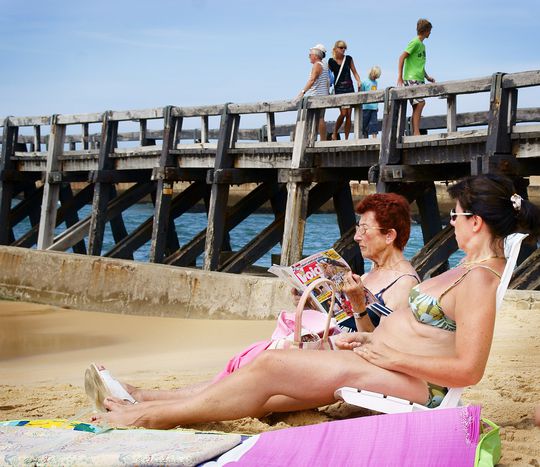
EU is watching Europe's beaches
Published on
Translation by:
Alexandra BaxterThe Mediterranean is an eternal favourite, but did you know that bathing in Bulgaria is as popular? That Finland tops mediocre lists? That Spain is harming itself by constructing too much on its coasts? This plus a lowdown on the EU member states satisfying EU-regulated bathing needs
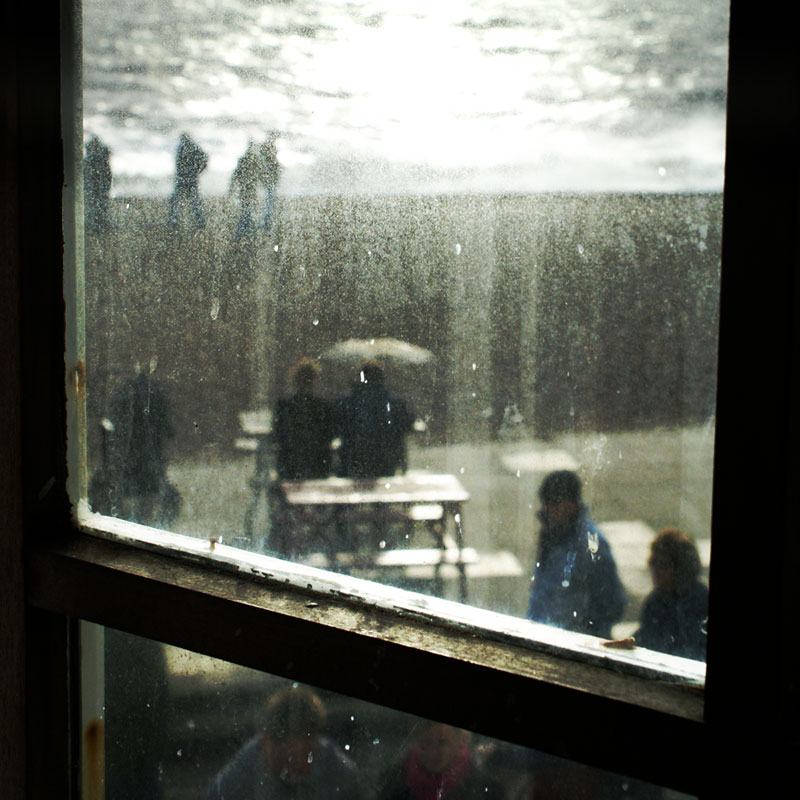
Everything seems to indicate that the summer will be blue. According to a report published in June by the European environmental agency (EEA), 95.6% of beaches and 84.9% of rivers satisfy EU quality standards. The European Union monitors a total of 20, 000 bathing areas. In 2009, the year to which the report makes reference, we see a slight fall in the quality of these areas – 0.7% for beaches and 2.6% for rivers – in comparison with the previous year. In 2009 again, zones in which bathing was prohibited represented only 2% of the total area, the majority of this being in Italy. Pictured, Brighton through the looking glass, England (Image: ©RobW/ Flickr)
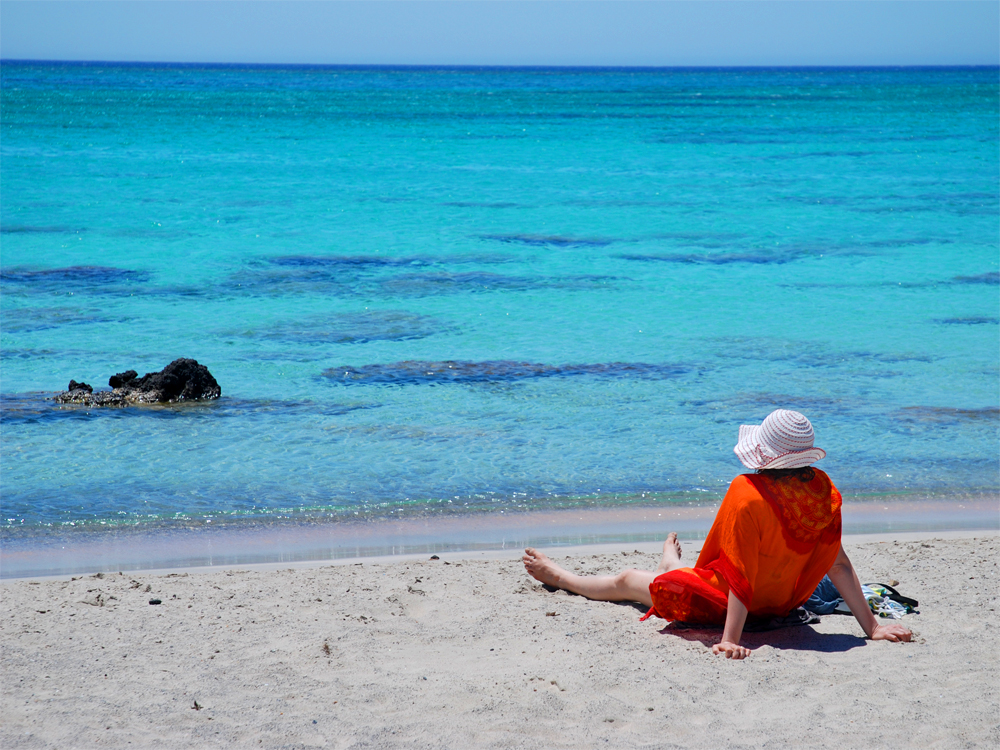
With 2, 107 bathing areas (only six of which are found along inland waterways), 9.8% of the whole of the EU, Greece is the country which respects most religiously the criteria of the community (99.8%). Moreover, bathing is not prohibited in any one of these zones. The beach featured in this image, Elafonisi in Crete, is one of the most beautiful in the whole world. Closely following Greece, 99.1% of Cyprus’ beaches have EU approval (Image: ©MarcelGermain/ Flickr)
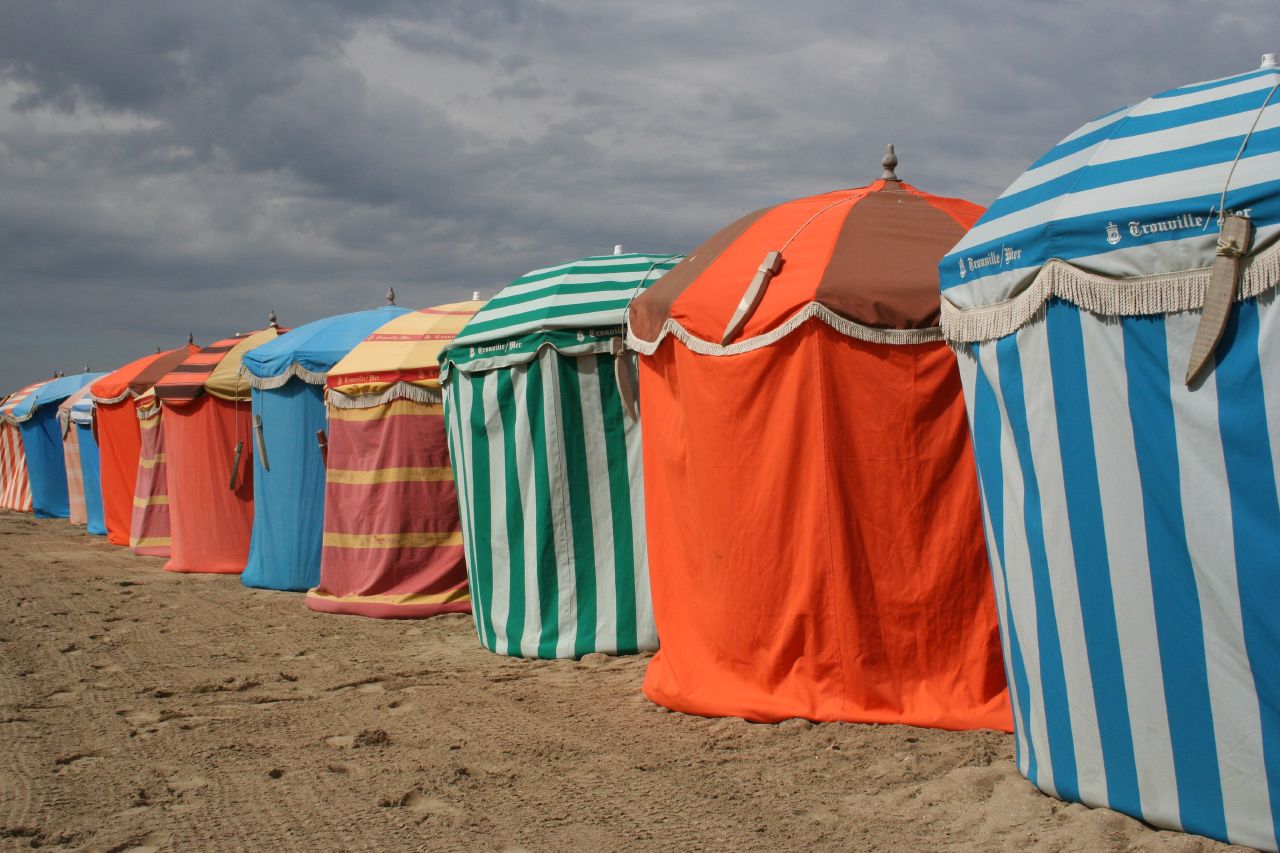
With 2, 005 beaches and 1, 343 rivers and inland waterways analysed, France is a great choice for a relaxing summer holiday. Nevertheless, you should avoid the 129 areas (61 of which are coastal and 68, fresh water) which do not meet the required standards of quality, even if the EEA emphasises that this is a very small percentage. Pictured, the waters at Trouville-sur-Mer in Lower Normandy, a popular sandy destination for the Parisians (Image: ©Parksy 1964/ Flickr)
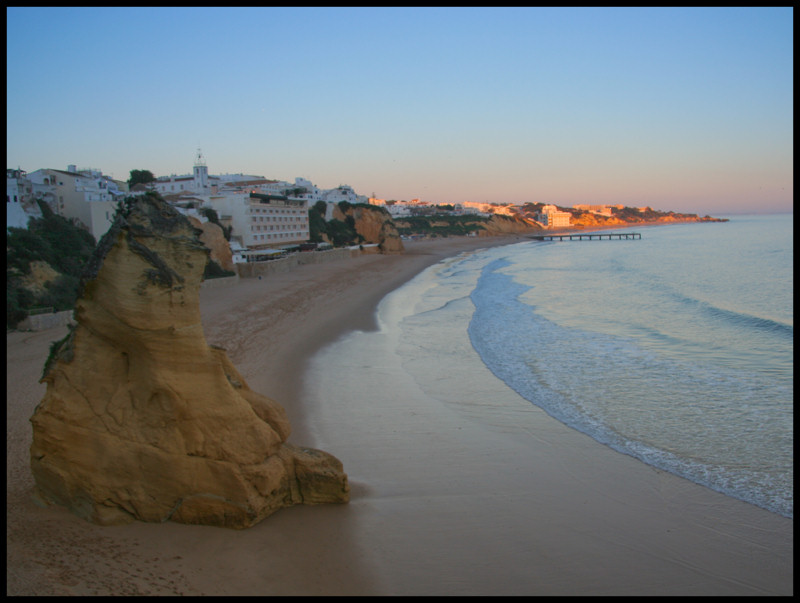
These three countries conclude the list of 'best in class', being above the 90% threshold of required standards (with scores of 93.1%, 90.3% and 90% respectively). According to the EEA, the Mediterranean's high level of quality and safety helps it become a European tourist favourite, even if the cleanliness of rivers and lakes in this area is below the average. Bulgaria on the other hand, which borders the Black Sea, is an unusual but quality choice for beach lovers. Pictured, Albufera in the Algarves (Image: ©Patrick Mayon/ Flickr)
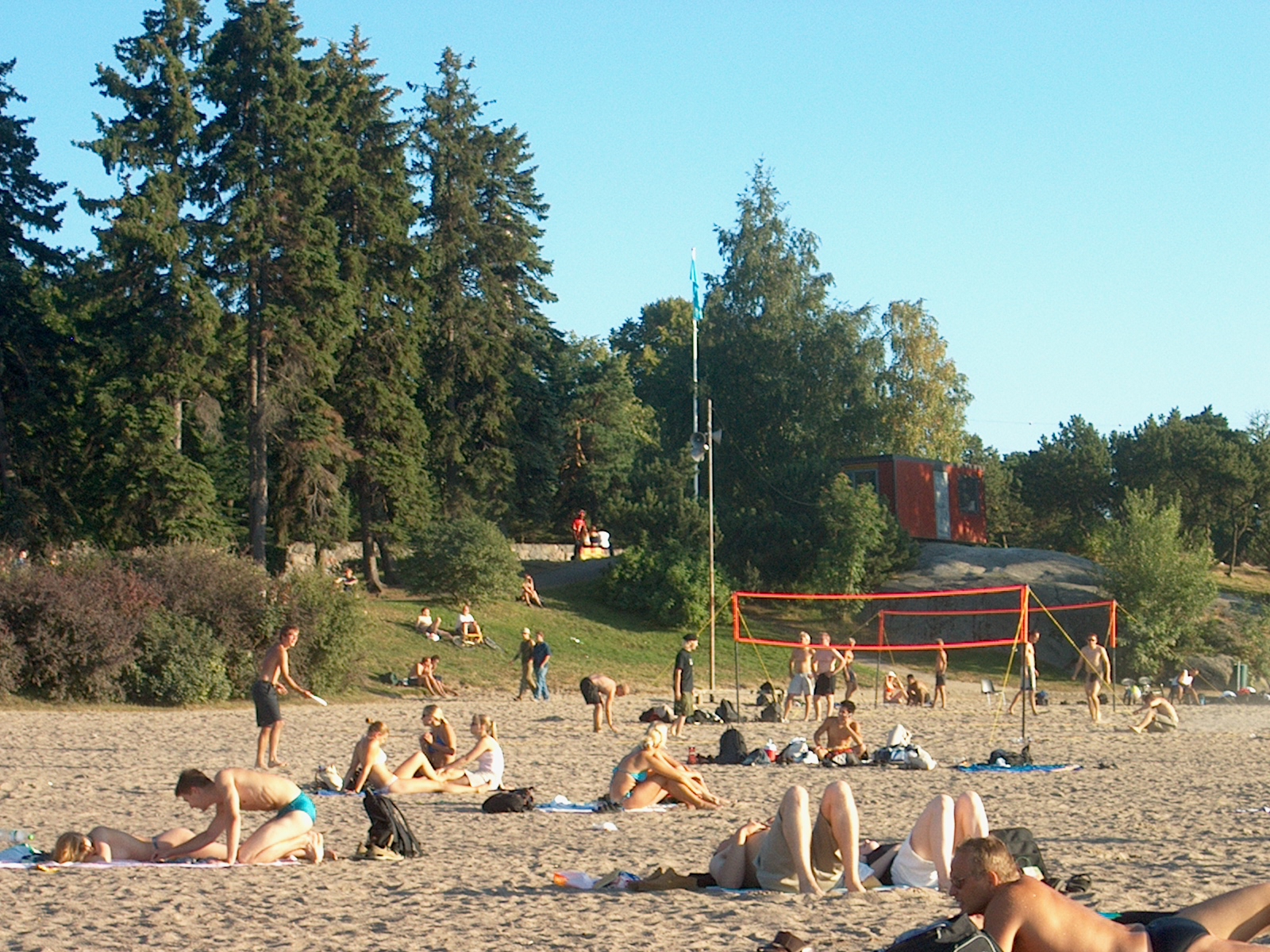
Member states have until 2015 to adapt to meet the European legislation which governs the analysis of physical, biological and chemical elements in the waters of bathing zones. Twelve countries (Spain, Cyprus, Denmark, Estonia, Finland, Germany, Hungary, Latvia, Lithuania, Luxembourg, Slovakia and Sweden) already completed the necessary changes for the 2008 checks in order to be able to meet the required standards. Finland tops the 'mediocre' list, or rather, the list of those countries which have made an effort but do not yet stand out in their score: it now meets 88.5% of the required criteria (Image: ©MacAllenBrothers/ Flickr)

Despite the fact that Spain respects the EU criteria, the quality of its waters fell slightly in 2009 (bathing is prohibited at two of its beaches, one pool and four rivers, although in 2008 this was the case at four beaches and six inland zones). Moreover, thanks to the EEA verdict, the country must deal with a serious problem: excessive construction along the coasts. The country currently meets 84% of the criteria. Pictured, Cala Mitjana in Menorca (Image: ©Xosé Castro/ Flickr)
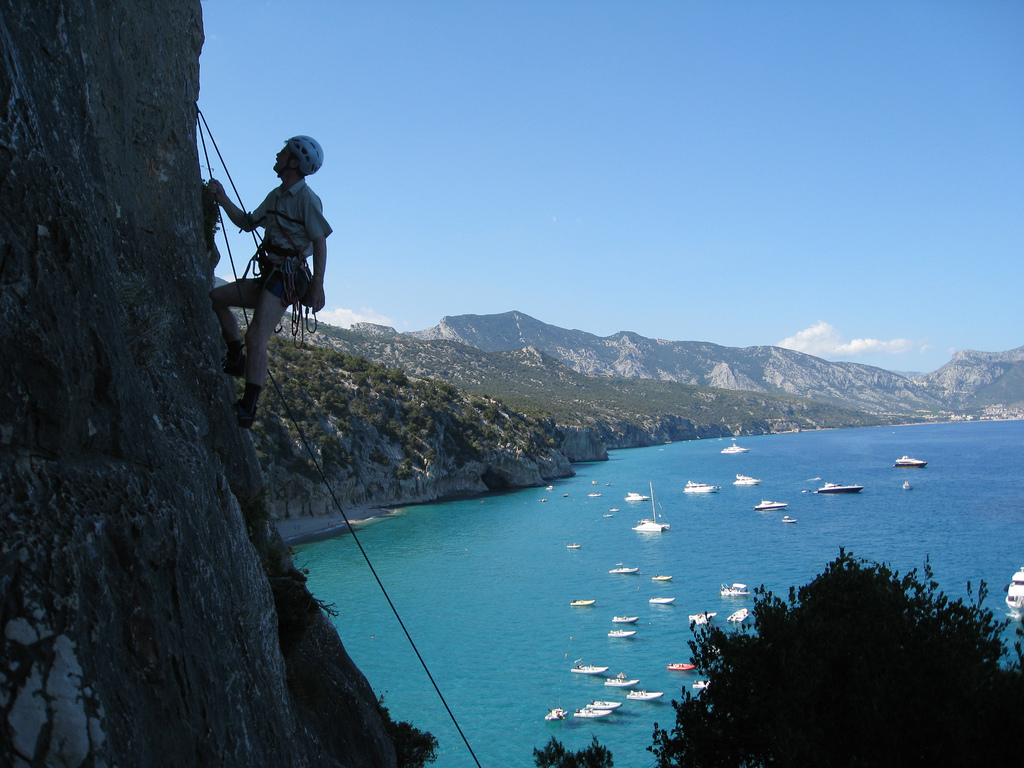
With 8, 500 kilometres of beaches, the beautiful country has the highest number of analysed areas – 4, 921 – and meets around 83.5% of the EU criteria. There is something for every taste: from the glamour of Capri and the turquoise creeks of Sardinia, to the beaches alongside historical ruins and those in the tiny picturesque villages of the south. Featured, Sardinia (Image: ©mattcyp88/ Flickr)
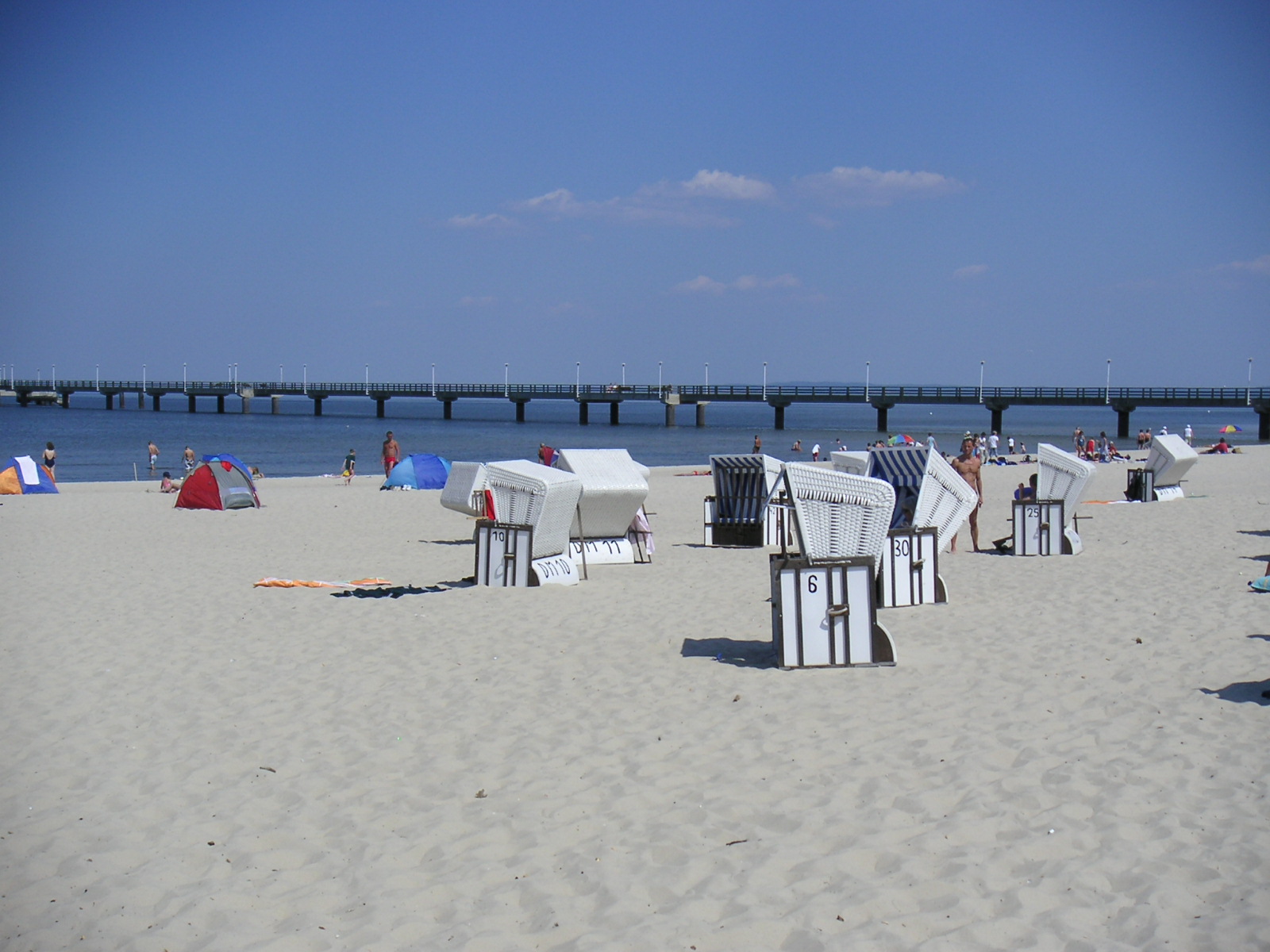
Concluding the list of countries which exceed the 80% threshold are Ireland (82.4%), Germany (81.2%) and Sweden (80.6%). Since 1990, the quality of European waters has improved significantly. At that time, only 79.8% of coastal areas and 52.4% of inland zones met the minimum criteria for quality and hygiene. Pictured, the Baltic waters of Ahlbeck in Mecklenburg-Vorpommern, in northern Germany (Image: ©orangebrompton/ Flickr)
Translated from Vacaciones en la playa: ¿verano azul?



